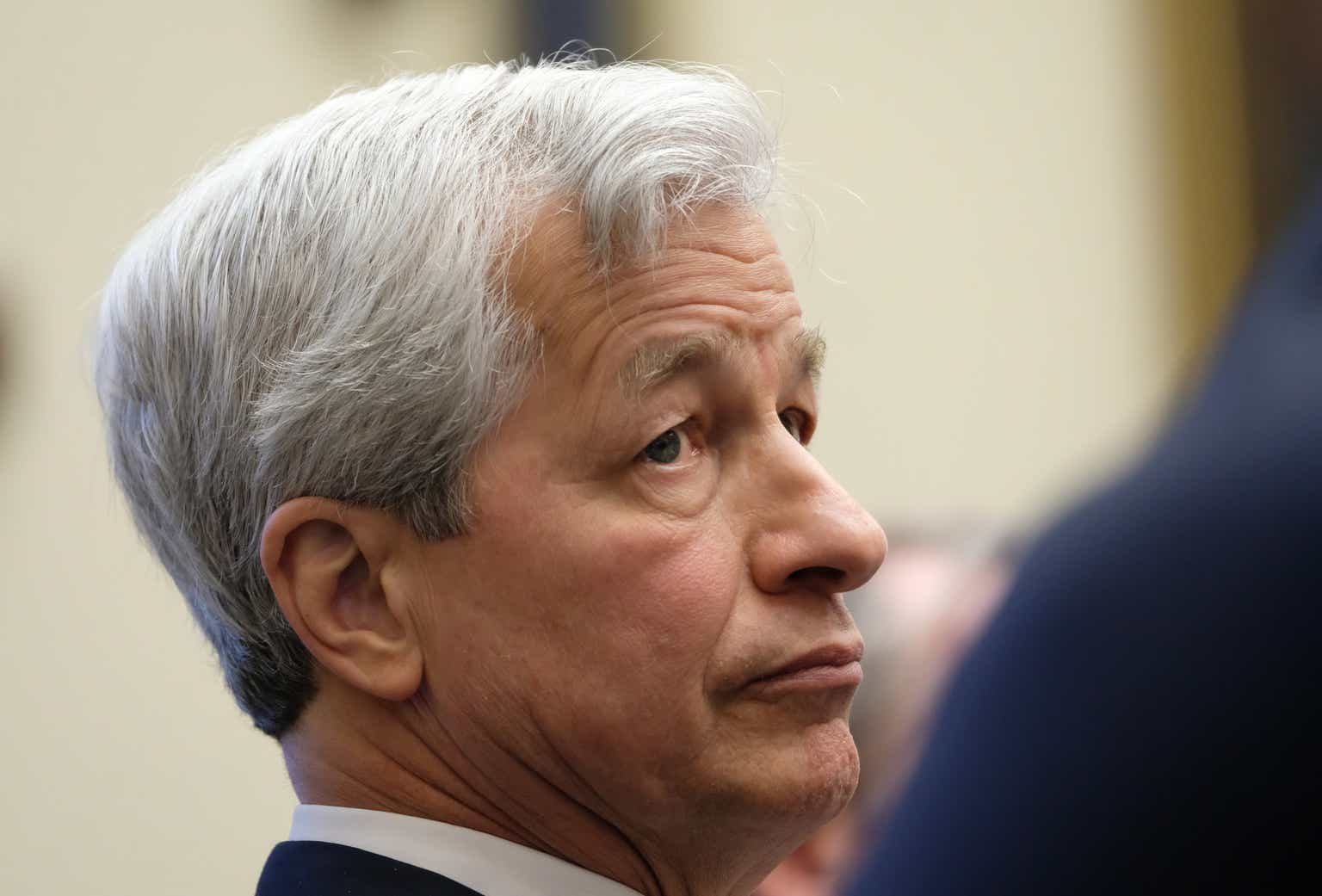JPMorgan Chase & Co. (NYSE:JPM) turned in a spectacular second-quarter earnings report for the year 2023!
Grab these numbers and think about them for a minute.
JPMorgan Chase earned a 20 percent Return on Equity and a 25 percent Return on Tangible Common Equity. It earned a Return on Assets of 1.51 percent.
Goods numbers for a bank the size of JPMorgan would be around a 15 percent Return on Equity and a 1.00 Return on Assets.
The organization as a whole has total assets of $3,868.2 billion, or, rounding off, $3.9 trillion.
The Federal Reserve reports that in June 2023 commercial banks in the United States had a total of $23.0 trillion of assets.
JPMorgan Chase, therefore, holds about 16.8 percent of the total commercial banking assets in the United States.
And, the company is turning in this kind of a performance…in this environment?
The bank was also doing quite well in the second quarter of 2022 although not quite up to the performance of the 2023 results. The Return on Equity was at 12.2 percent, the Return on Tangible Common Equity was 17.0 percent and the Return on Assets was 0.89 percent.
What’s going on?
Well for one, JPMorgan has, along with the other largest banks in the country, benefited from the actions of the Federal Reserve.
In the first instance, the bank has benefited from the rising interest rates, as it has been able to charge higher and higher rates on loans and the credit card business. The big banks have moved quickly to take advantage of this development.
Second, the big banks have had sufficient levels of deposits that they have not had to increase deposit rates by that much.
In fact, JPMorgan even lost a small amount of deposits in the second quarter but didn’t feel it was necessary to raise deposit rates by very much.
So, loan rates moved up a substantial amount while deposit rates only rose modestly.
Net interest income at JPMorgan was up, year-over-year, by 44 percent.
Small and medium-sized banks were not able to benefit as much from the rising interest rates.
In fact, the rising interest rates caused small and medium-sized banks a lot of trouble and their the value of their holdings of securities fell, resulting in capital losses, and concerns over the safety of these banks resulted in a loss of deposits.
Silicon Valley Bank is the perfect example of this particular narrative.
So, here you get an interesting picture of how the asset bubble created by the Federal Reserve in 2020 and 2021 created a dichotomy of results in the banking industry in 2022 and 2023.
The bigger banks, like JPMorgan, took advantage of the Federal Reserve’s largess and accumulated lots and lots of “cash.”
At the end of the second quarter of 2023, JPMorgan held about $1.4 trillion in cash and marketable securities. This meant that JPMorgan held around one-third of its total assets in cash and marketable securities.
Thank you, Federal Reserve system!
So, over the past year or so, JPMorgan Chase & Co. was able to use the resources it had built up during the Fed’s time of bubble-creation and put these resources to very good use.
And, we see the results.
The plethora of funds the bank built up was also used to convince regulatory authorities that the bank could take over assets of the failed First Republic Bank, a California organization that specialized in wealth management.
The acquisition meant that JPMorgan had to set aside a larger amount of funds to cover loan losses than it would have had the acquisition not gone through. But, the bank took a $1.5 billion charge to cover potential loan losses and didn’t have to blink at all.
Bank CEO Jamie Dimon and his CFO Jeremy Barnum recognize that this is an unusual time and that competition will not allow JPMorgan to extend the extraordinary results for an extended period of time. That is, the extraordinary results of the second quarter of 2023 may not continue.
But the good news is that Mr. Dimon and Mr. Barnum responded to the flow of funds resulting from the asset bubble and turned the situation into one of considerable gain for JPMorgan Chase & Co.
And, the bank has suffered a slowdown in trading income and income from deal making. These should pick up when the economy starts to show a little more growth.
Again, Mr. Dimon is associated with another outstanding performance, creating a picture of continued successes over different times and different situations.
But investors have to remember. We are not through the time of dislocation and uncertainty connected with the Covid-19 pandemic, the supply chain disruptions, the worldwide inflation, the war in Ukraine, the explosion of government debt in the U.S., and other interesting things.
The future seems, to me, to be clouded with radical uncertainty.
Investors must continue to pay attention to what is going on.
If history is any indicator, however, it would do us well to continue to pay attention to what Mr. Dimon is saying…and, doing.
Read the full article here












